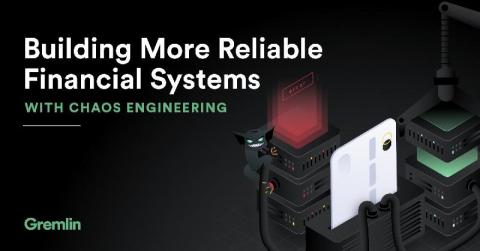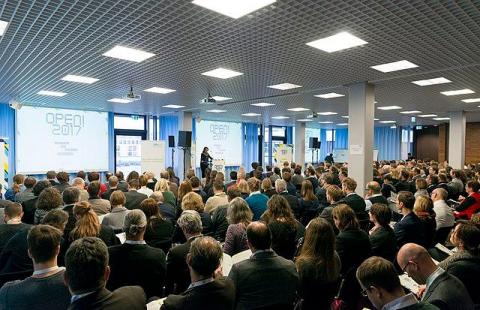SCOMathon 2020 Can virtual events actually be better than face-to-face ones?
The short answer is “yes they can” but let me elaborate. In 2009 I joined the team behind Mobile World Congress, an event brand that hosts over 100k attendees in Barcelona, 75k in Shanghai and 22k in Los Angeles. I spent the next 9 years with the GSM Association, owner of Mobile World Congress, and Global Expansion Summit organizing over 50 large scale events across all 5 continents.











